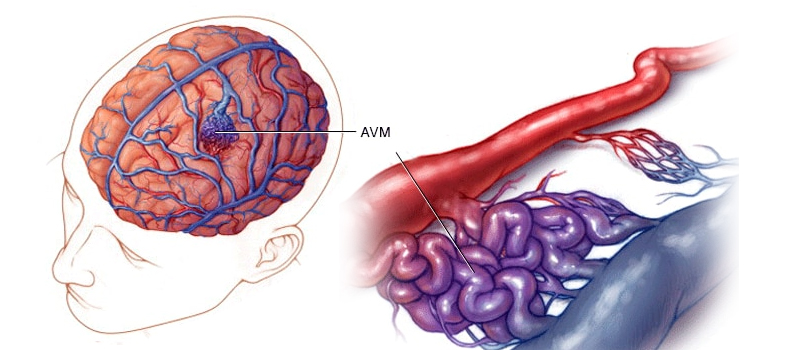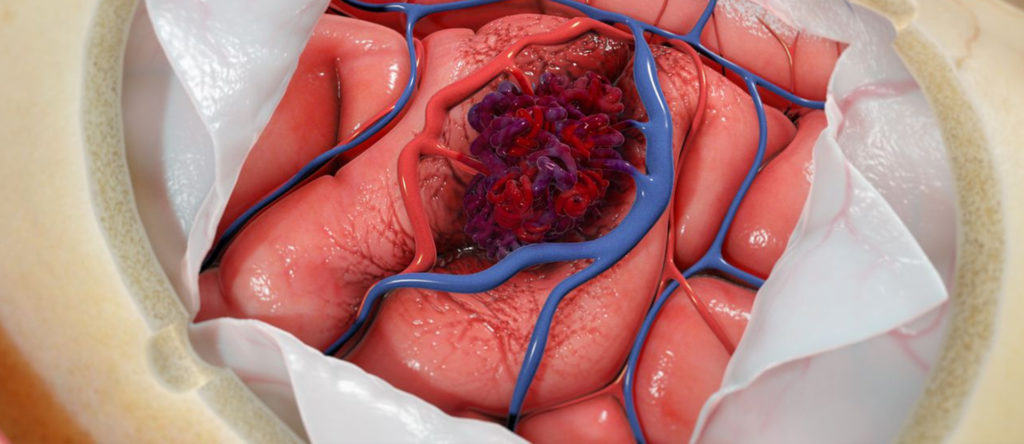Management and Treatment of Arteriovenous Malformation
The body is one of the greatest masterpieces. While it has some vulnerabilities, the body is masterfully crafted. Blood vessels are a stellar example of the intricate workings of the body. These vessels move blood to and from every part of the body.
Damage and malfunction of these blood vessels can cause untold damage to your circular system and body in general. Arteriovenous malformation is one of the severe vascular conditions that can affect your blood vessels.
What exactly is an arteriovenous malformation, and how is it treated? More importantly, what signs should you look for, and what are some of the identified risk factors linked to arteriovenous malformation? (AMV) Read on for more comprehensive information about the vascular condition.
What is arteriovenous malformation?
This is a vascular complication that results in the abnormal entanglement of various blood vessels. Most commonly, the arteries moving blood to the brain are entangled with veins and other blood vessels, taking blood away from the heart.
In reality, arteriovenous malformations can occur in any part of the body. This is largely because of the aforementioned extensive network of blood vessels distributed across the body. However, the condition is a lot more grave if the brain or spinal cord is affected. These blood vessels can rupture as a result of the condition, leading to increased chances of developing a stroke attack.
Currently, the exact cause of arteriovenous malformation remains unclear. Some medical professionals believe the condition develops throughout pregnancy, and the affected person is born with the condition. However, these are preliminary findings, and more research is needed in the area before a conclusive root cause is established.

Signs and symptoms of arteriovenous malformation
Depending on the impact area, AMV can develop with little-to-no associative symptoms. Only after a brain hemorrhage is the vascular condition identified. In some cases, however, there are a few notable signs of the malformation. These symptoms include;
- Nausea and vomiting
- Headaches and migraines
- Stuff neck
- Unconsciousness
- Double vision and light sensitivity
In the spinal cord, you could also experience sudden and severe pain in the back accompanied by numbness and muscle weakness in the affected areas.
Management and treatment of arteriovenous malformation
A vascular specialist can help with the diagnosis of AMV. This is usually done through MRI tests, CT scans, or angiography tests. After a positive diagnosis, doctors can start management and treatment procedures.
Depending on your age, preference, medical history, and overall health, doctors may use a number of different treatment approaches. The first line of action is a prescription medicine to help alleviate the pain and discomfort associated with the condition.
Surgical interventions may also be used to treat the condition. The main objective of the surgery is to remove it and repair the affected blood vessels.
Endovascular embolization is the most common surgical intervention procedure. Others include radiosurgery and conventional surgical procedures.

AMV treatment at Washington Vascular Specialists
Washington Vascular Specialists is a leading healthcare with multiple clinic facilities. These clinics are especially suited to tackle managing and treating vascular conditions. Consult medical professionals at Washington Vascular Specialists for all arteriovenous malformation conditions.



